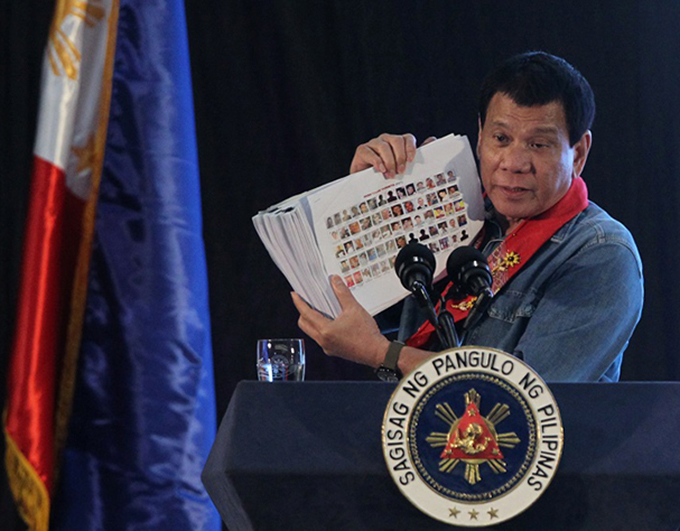
By Florence Peschke
MANILA (International Press Institute/Asia Pacific Report/Pacific Media Watch): Seven months into the administration of President Rodrigo Duterte, press freedom remains under pressure in the Philippines.
The country has been one of the most dangerous for journalists in recent years – the International Press Institute (IPI) has recorded the deaths of 128 journalists in connection with their work since 1997 – and only one week into the year it mourned the first journalist killed in 2017.
On January 6, Mario Contaoi was riding his motorbike home to Magsingal Town on a national highway when unidentified assailants on motorbikes shot him six times. The former university professor, radio announcer and environmental activist succumbed to his injuries in the early hours of January 7.
Just three weeks earlier, Larry Que, a Filipino publisher-columnist, was shot dead after alleging that local officials had ties to the manufacture of illegal drugs.
The circumstances and killers’ motives in both murders remain unclear, highlighting the impunity surrounding journalists’ killings in the country and the lingering threat it poses to their safety.
Since Duterte took office on June 30, he has gained an international reputation for his controversial statements and extreme positions. The war on crime and drugs launched in July that was a focus of his populist campaign is estimated to have taken 6000 lives, many in summary and extrajudicial killings.
Seven months into Duterte’s term, IPI spoke with journalists and civil society representatives in the Philippines to take a closer look at press freedom and journalists’ safety.
Read full report at Asia Pacific Report
This work is licensed under a Creative Commons Attribution-NonCommercial 3




